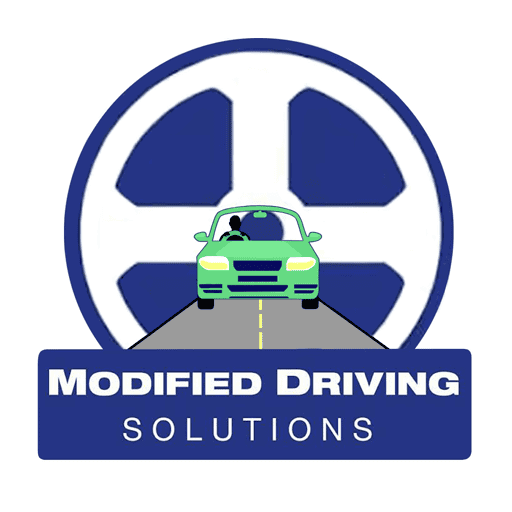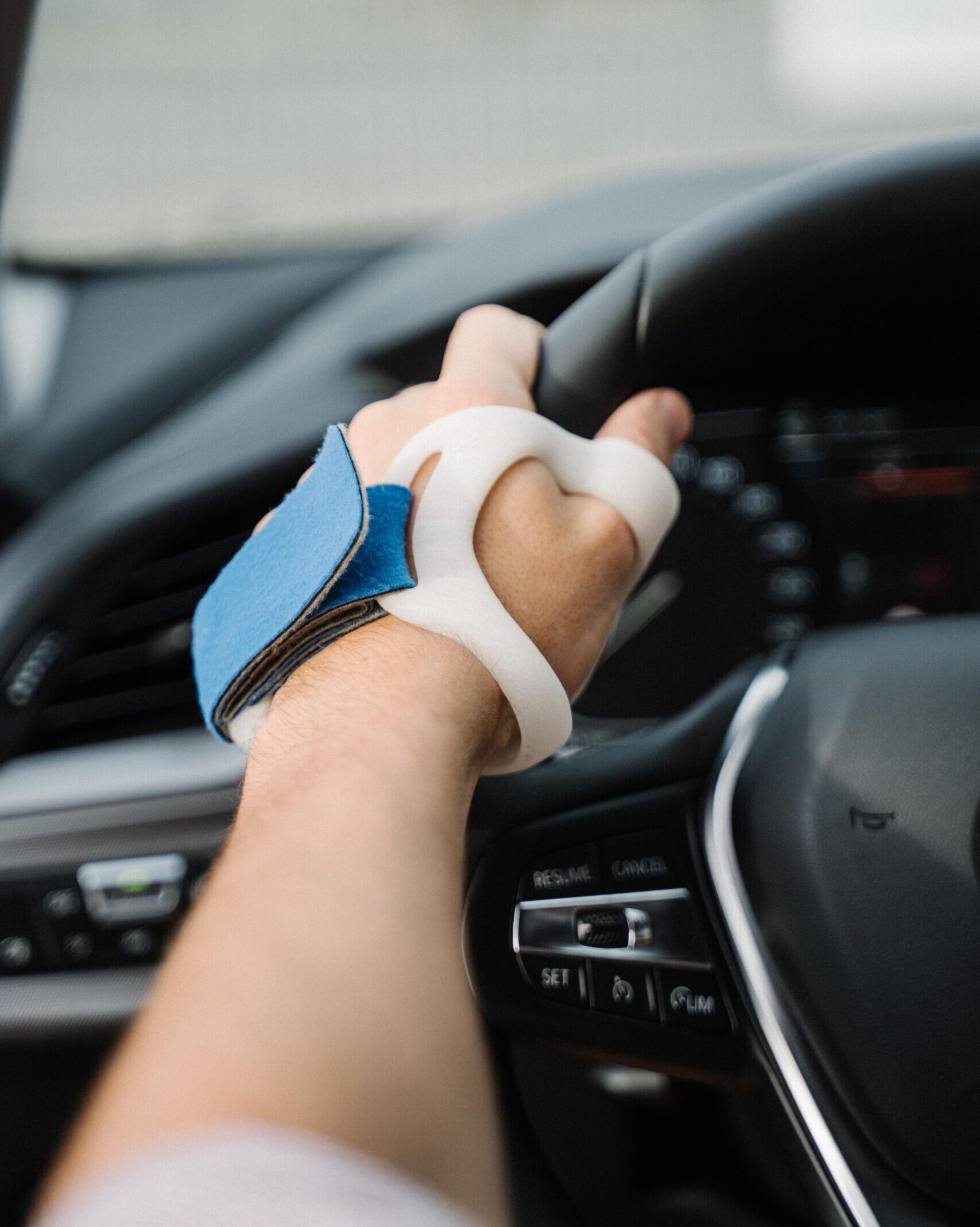What are driver medical exams?
If you have a medical diagnosis that affects (or potentially affects) your ability to drive safely, the RMS must be notified. If you are unsure if your medical condition is impacting on your driving, you should talk to your doctor. This applies to current drivers as well as those who want to get their licence and learner drivers. The first step to determine if your medical condition may impact on your driving is to see your doctor. Your doctor will perform appropriate medical assessments and discuss any concerns. They will then let the RMS know of your situation as appropriate. Usually, this involves them completing the RMS medical fitness to drive form. Online and hard copy options are available for your doctor.
To be able to drive safely, people require three areas to function adequately: your eyes (vision), your brain (cognition/thinking) and your physical body (namely both hands and feet). A medical issue that may significantly alter one of these factors is assessed by your doctor. Medical issues can range from chronic conditions or disabilities to injuries. Your doctor will decide if you are suitable to drive, or if you require an Occupational Therapy (OT) driving assessment. Sometimes, your doctor may be unsure if your driving is influenced by your medical condition. As they do not watch you driving, they may refer you to a driver trained OT. The OT driving assessment is another name for driver medical exam.

What is a driver trained OT?
An OT is an allied health professional who has the authority to help determine medical fitness to drive. As your doctor does not observe you driving, the OT takes on this responsibility. This ensures that your practical driving capacity is thoroughly assessed against legal standards. The driver Trained OT has completed specialised training to ensure they have the adequate knowledge and experience to make these decisions.
Your doctor may refer you to a specific driver trained OT service, or you may need to search for one yourself.
The OT driving assessment
Once you have made an appointment with a driver trained OT, the driving assessment involves two parts: an off-road and on-road assessment. Usually, the OT visits you at home. In the off-road assessment, the OT talks to you about your medical history (regarding driving) and driving experience. You will then undergo three small tests focusing on your cognition, vision and physical capacity. The purpose of the off-road assessment is for the OT to preliminary explore any potential issues that could affect driving ability. If any issues are observed, they will be examined further in the next section of the assessment.
The on-road assessment involves the driving instructor and OT observing you driving. A dual-controlled car is used (with the transmission of your choosing) and you are asked to drive for one hour. The focal point of the assessment is to establish how your medical condition is currently impacting on your driving. The OT aims to observe that you are driving safely as per RMS standards. Essentially, this decision is based on how much physical assistance or intervention the driving instructor needed to give you during the assessment. If the driving instructor had to utilise the emergency brake or take control of the steering wheel, it signalled that you had difficulties safely responding to a situation. Thus, the driving instructor had to intervene to prevent a potential accident. If nil intervention was necessary, you will likely obtain a favourable outcome.
After the assessment, the OT will let you know the results and what is to follow. They will complete the report and inform the RMS and your referring doctor of the outcome and recommendations.

What if I need vehicle modifications?
If you have a physical condition, you and your doctor should be able to distinguish the effects on driving. It is important to inform the OT of the physical issues so suitable modifications are organised for the driver medical exam. Due to the technological advancements today, most physical conditions can be overcome with vehicle modifications. There exists several options of adaptive driving equipment. When you first contact the OT, it is crucial to discuss your physical condition. This is so the OT can explore suitable modifications to ensure you drive safely. For example, the legal standard mandates that you must be able to control the steering wheel with equal force using both hands. If one hand has reduced strength prompting the other hand to do most of the manoeuvring, this does not meet RMS standards. In this instance, you will to be able to control the steering wheel with one hand.
If vehicle modifications are required, you will be given a few options on the day of assessment. You will then choose which modification you prefer to drive with. The OT will likely recommend driving lessons to learn how to drive with the modifications. Once you are competent with the modifications in all forms of traffic, you will undertake the RMS disability driving test. The modifications will be endorsed on your licence and you must always drive using the modifications. If your condition changes in the future and you no longer need the modifications, you must complete another driver medical exam to remove the endorsements.


